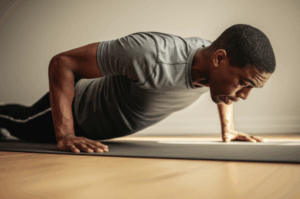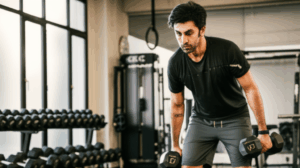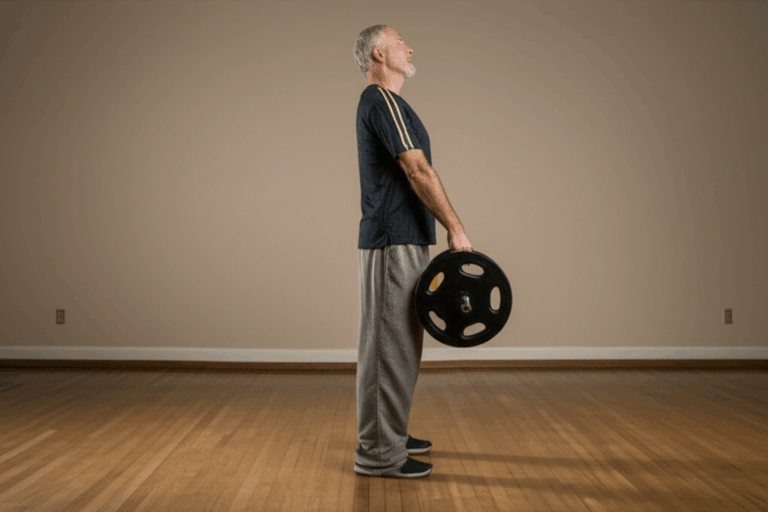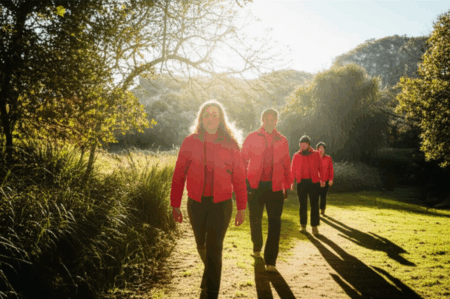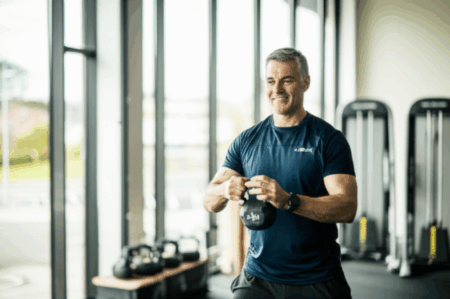The pursuit of a longer, healthier, and more vibrant life is a universal human desire. While genetics play a role, a significant portion of our “healthspan” – the period of life spent in good health – is within our control, heavily influenced by lifestyle choices. Among these, exercise stands out as a “potent drug” for preventing age-related decline and enhancing both physical and cognitive function. Longevity experts consistently emphasize that integrating consistent and varied physical activity into daily life is paramount for a high quality of life well into old age.
Dr. Peter Attia, a leading voice in longevity medicine, advocates for a comprehensive approach to exercise, aiming for approximately 10 hours of training per week to maintain strength, cardiovascular fitness, and mental sharpness. His philosophy centers on preparing the body for a “Centenarian Decathlon,” envisioning the physical tasks one would want to accomplish in their later years and training to ensure those capabilities endure.
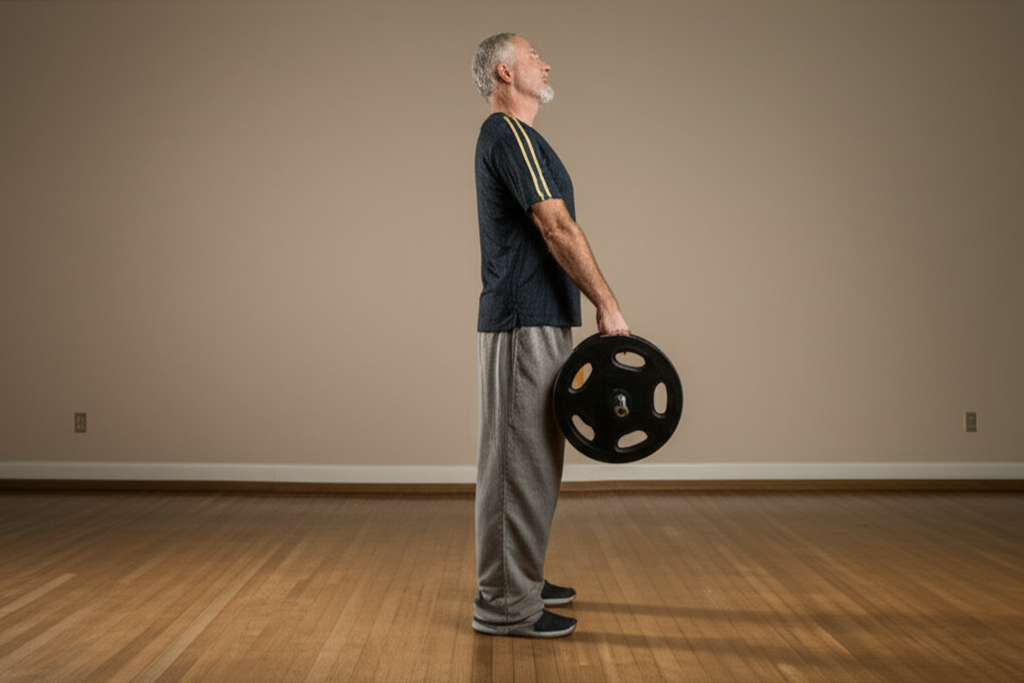
Why 10 Hours? The Science Behind Longevity Workouts
While the “Blue Zones” – regions where people live exceptionally long lives – often highlight natural, integrated movement rather than structured gym routines, modern longevity science, championed by experts like Dr. Attia, suggests a more deliberate and robust exercise regimen can proactively combat the decline associated with aging. Research indicates that regular exercise significantly lowers all-cause mortality and improves healthspan. More than just adding years, the goal is to add life to those years, ensuring physical and cognitive independence.
The 10-hour weekly target, as discussed by Attia, is not arbitrary. It’s designed to encompass various modalities of exercise, each targeting different physiological systems crucial for long-term health.
Cardiorespiratory Fitness: The Engine of Longevity
Cardiorespiratory fitness, often measured by VO2 max (the maximum amount of oxygen the body can utilize during intense exercise), is a critical indicator of overall health and longevity. Dr. Attia stresses that improving and maintaining a high VO2 max is more strongly associated with a longer, healthier life than factors like cholesterol or blood pressure.
His plan typically includes:
- Zone 2 Cardio (4-5 hours/week): This involves steady-state activity at a moderate intensity, where you can still hold a conversation. Examples include jogging, cycling, or brisk walking. Zone 2 training is crucial for metabolic health, enhancing the body’s ability to burn fat and improving mitochondrial function – the “powerhouses” of our cells.
- Zone 4/5 HIIT (High-Intensity Interval Training) (1-2 hours/week): These sessions involve short bursts of intense effort followed by periods of recovery. HIIT is highly effective for boosting VO2 max and improving cardiovascular capacity. While vigorous activity creates oxidative stress, in small amounts from exercise, it initiates mitochondrial hormesis, increasing the number and resiliency of mitochondria.
Strength and Muscle Mass: Building a Resilient Body
Sarcopenia, the age-related loss of muscle mass, begins after age 30, and without regular strength training, individuals can lose a significant percentage of muscle per decade. Maintaining muscle mass and strength is vital not only for physical function and preventing falls but also for metabolic health and cognitive function.
Dr. Attia’s regimen emphasizes:
- Resistance Training (3-4 hours/week): This includes weightlifting, bodyweight exercises, or resistance bands. The focus is on compound movements that work multiple muscle groups, such as squats, deadlifts, presses, and rows. Strength training has been shown to improve cognitive function, especially executive functions and visuospatial processing.
- Functional Movement and Grip Strength: Attia suggests exercises like hanging from a pull-up bar or performing farmer’s carries to improve grip strength, which is an indicator of overall health and longevity. Functional exercises, like split squats, also enhance balance and stability, reducing the risk of injuries and falls as one ages.
Stability, Flexibility, and Mobility: The Foundation of Movement
Beyond raw strength and cardio, maintaining a wide range of motion, balance, and stability is crucial for daily activities and injury prevention.
Elements include:
- Dynamic and Static Stretching (1 hour/week): Incorporating exercises like hip and shoulder mobility drills, yoga poses, and static stretches helps improve flexibility and maintain functional movement patterns.
- Balance Work: Activities that challenge balance, such as single-leg stands or specific yoga poses, contribute to preventing falls, a major concern in older age.
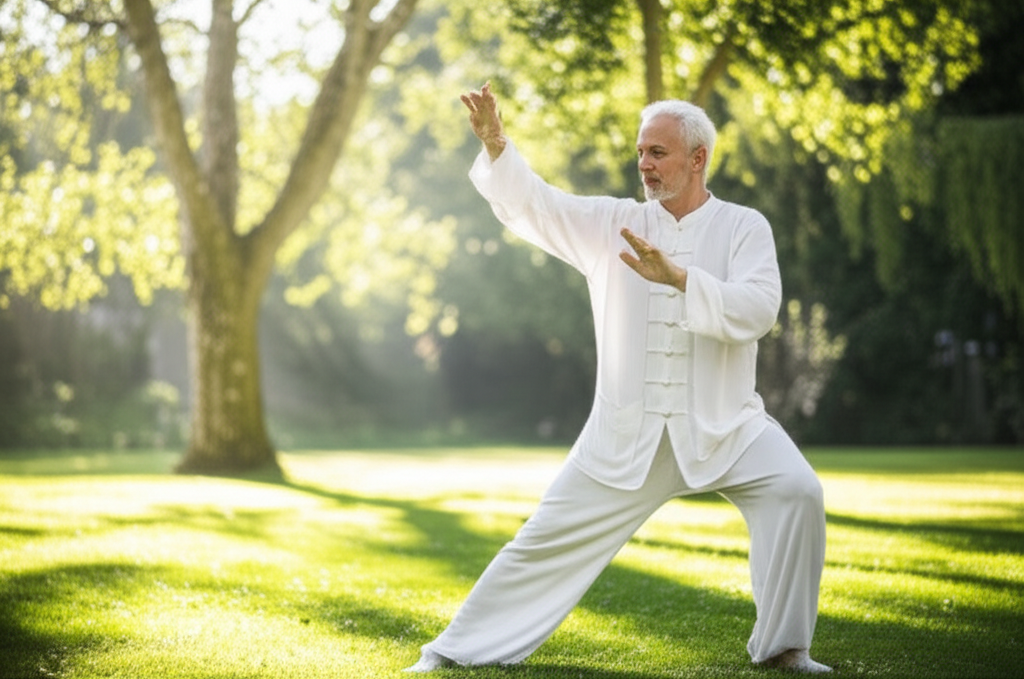
Cognitive Benefits: Sharpening the Mind Through Movement
The connection between physical exercise and cognitive health is increasingly clear. Regular physical activity, particularly a combination of aerobic and strength training, enhances mental agility, quicker thinking, and the ability to adapt thought processes. Exercise improves memory, lowers the impact of stress, and increases molecular targets like brain-derived neurotrophic factor (BDNF), which promotes the formation of new brain connections essential for learning and memory.
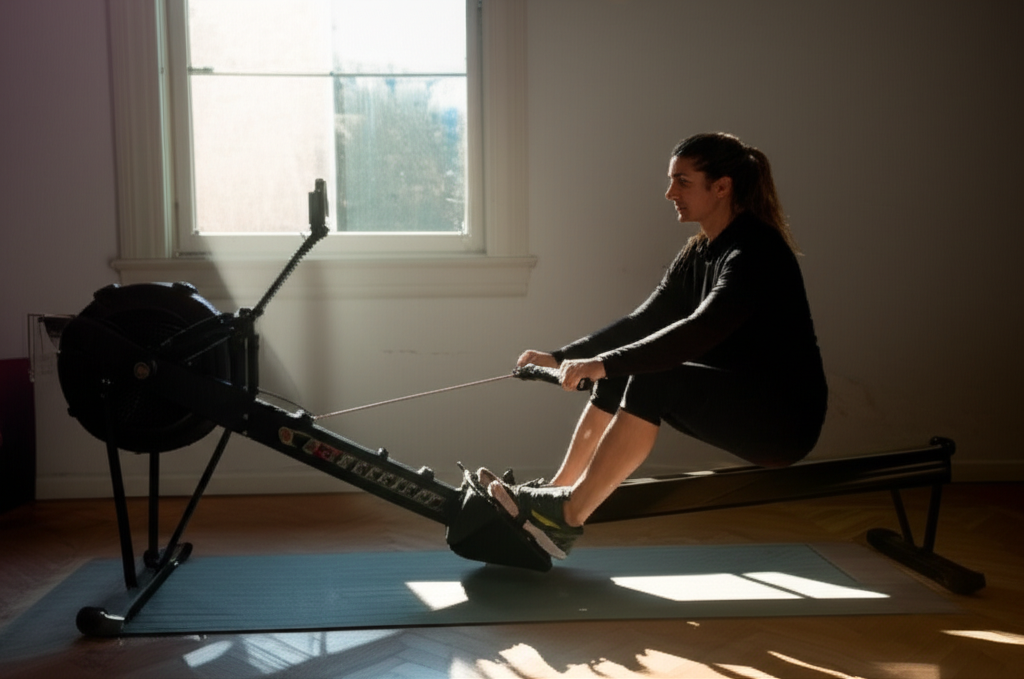
Integrating a Longevity-Focused Plan into Your Life
While 10 hours a week might seem daunting, the key is consistency and progressive overload, gradually building up intensity and duration. Longevity experts advise starting training like an athlete in your 40s and 50s to remain active in your 80s and beyond.
Key takeaways for adopting a similar approach:
- Prioritize Consistency: The most important factor is an exercise routine you can consistently maintain over time.
- Mix Modalities: Combine cardiovascular conditioning (Zone 2 and HIIT) with strength training to target different aspects of longevity.
- Focus on Functional Strength: Train for the movements of daily life to maintain independence as you age.
- Don’t Neglect Mobility and Balance: These are critical for preventing injuries and falls.
- Listen to Your Body: While intensity is important, recovery is equally vital.
- Seek Expert Guidance: Consider consulting with a healthcare professional or a certified trainer to tailor a plan to your individual needs and current fitness level.
By committing to a structured, comprehensive workout plan, inspired by the insights of longevity experts, individuals can significantly impact their health trajectory, not just extending their lives, but enriching them with sustained strength, vitality, and cognitive sharpness.


